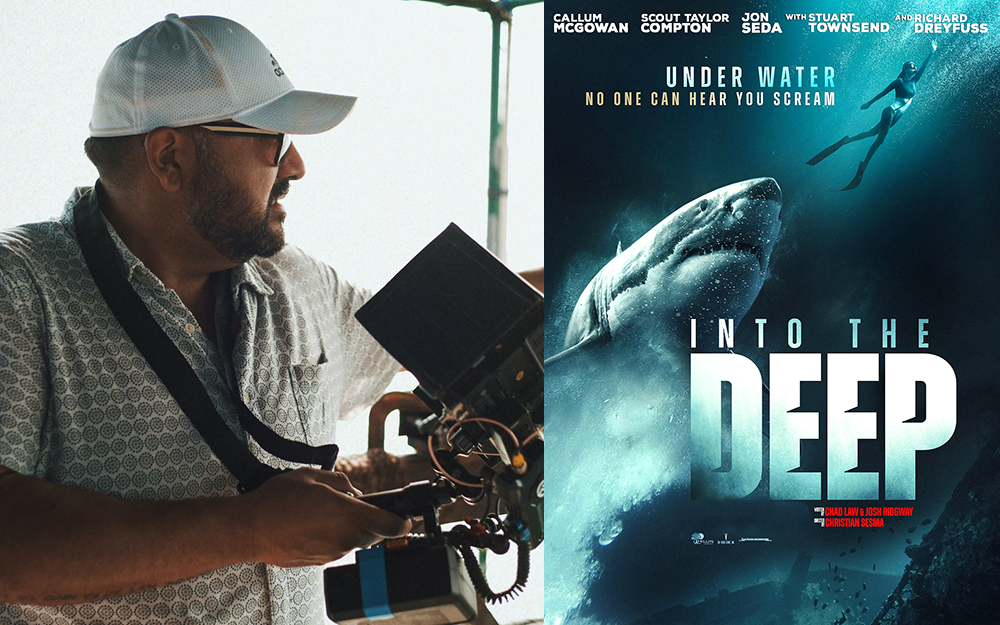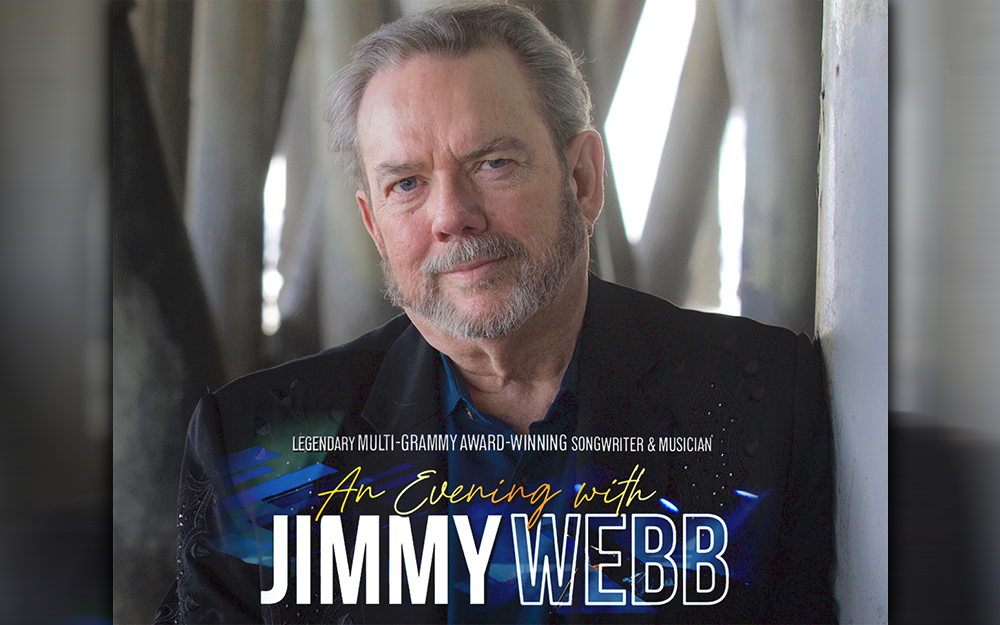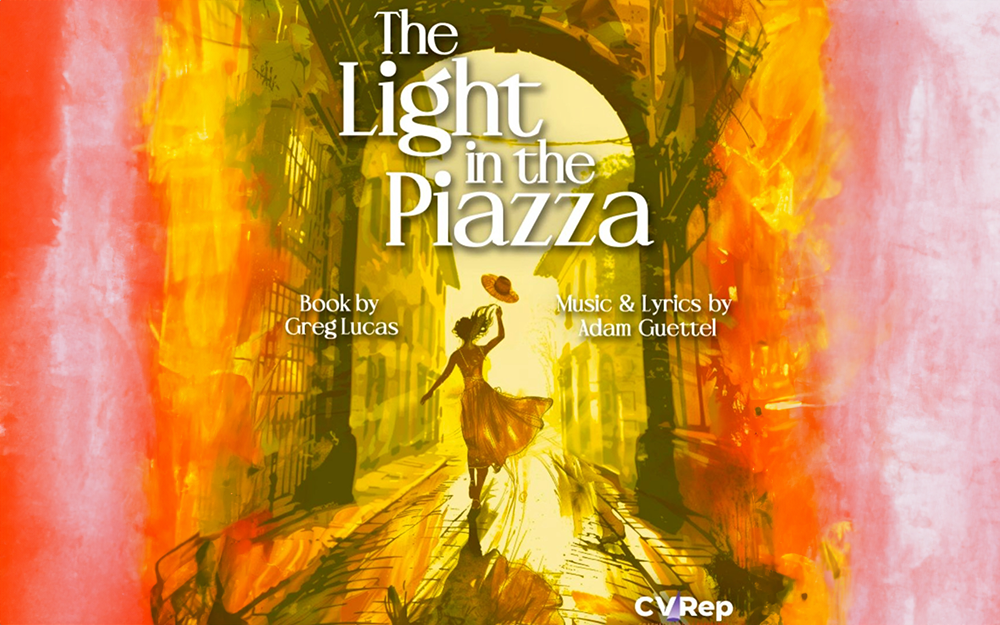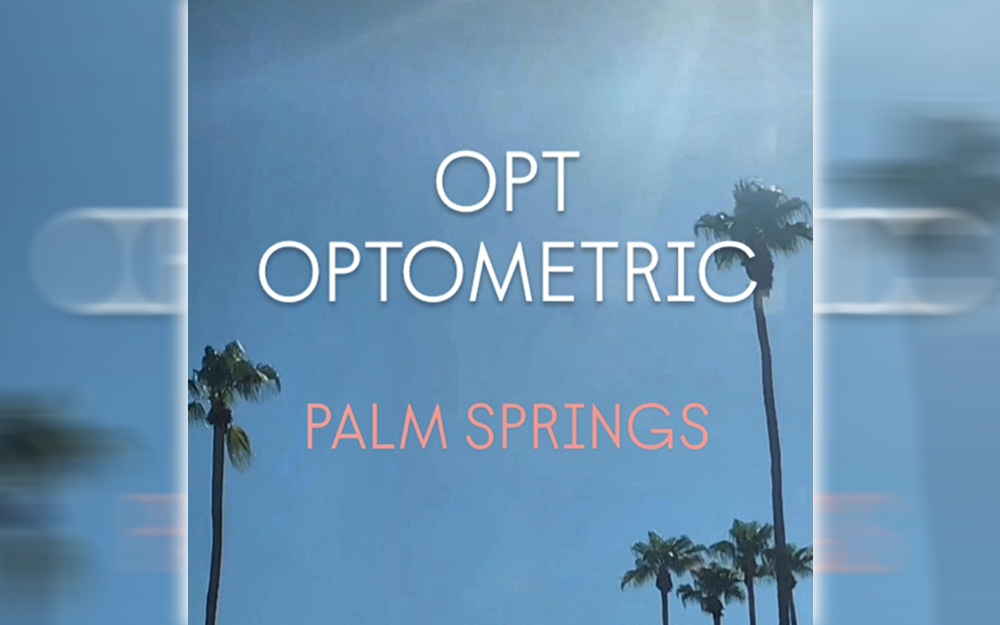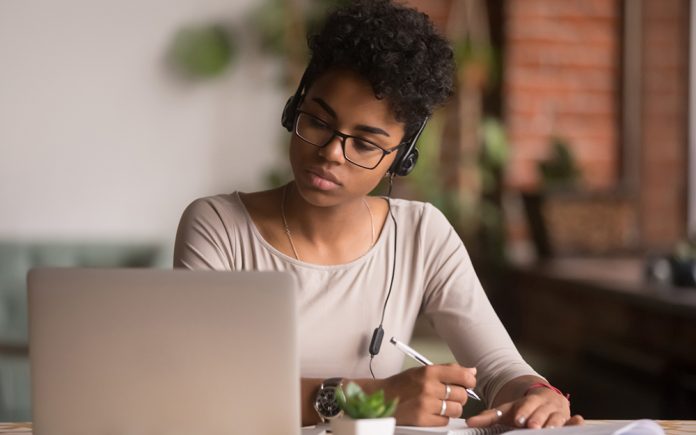
By Crystal Harrell
Summer ends and the school year begins, but this year will be very different from others as distance learning continues in the midst of the COVID-19 pandemic. All three school districts in the Coachella Valley have adapted a distance learning model that takes the place of in-person instruction until it becomes safe to meet on campuses.
Within the first few weeks of distance learning, there have already been a number of server interruptions and technical difficulties adjusting to remote class instruction. With new factors like poor Wi-Fi connections and Zoom crashing, it has taken some adjustment for parents trying to help their children maintain a sense of classroom focus.
“The most difficult part has been the connection issues! It’s been so frustrating and it ruins the momentum my kids had with their work. The iboss website blocker was restricting so many websites that the teachers were trying to use. I haven’t had to help them with anything other than connecting them to the assignments, checking up on them regularly, and telling them I’m proud they are doing great at listening to their teachers and participating,” explained Claudia Garcia, who has three children (two in elementary school and one in middle school) all enrolled at Desert Sands Unified School District.
Garcia’s children are each reviewing what they learned last year, and she feels confident of their academic performance despite some minor technical setbacks since they have many options to seek help if they need it. She also feels they will be able to retain more information because they will not get distracted by friends in their class and can focus better.
“My kids really love that they received some workbooks and other hands-on material! I want to thank the teachers and the school district so much for that because I do think many kids enjoy hands-on learning and writing on paper versus doing everything online, like they did back in April when distance learning began,” stated Garcia.
Anna Baca’s daughter is 16 years-old and attends a high school in Palm Springs Unified School District. She has adjusted to the online routine and has a designated space to complete her school work, although she still longs to socialize with her friends and classmates.
“There are many negatives to this situation, but the positive thing is that we have amazing technology in which the kids can keep in constant communication. As far as our daily routine goes, I make sure she’s awake in time for her first period. She’s old enough to be responsible for her own schedule and knows that if she needs help with something, she can reach out to one of her teachers. I encourage her to do that when I can’t answer a question,” said Baca.
While some students feel comfortable and capable of learning on their own from home, there are others that rely on more of the social dynamic provided in class to help learn new concepts better. Abigail Ellenich is currently a senior at California State University, San Bernardino, on the path to graduate with a bachelor’s degree in Food Science and Nutrition. She has adjusted to distance learning by looking through the course requirements, asking questions, and by interacting with her classmates as much as she can.
“Communication is key online, at least for me. I’m not afraid to ask questions no matter how many times I let my voice be heard or frustrate people. I will still ask if it means that I will better understand what’s being explained,” said Ellenich.
The most difficult part about distance learning for Ellenich is being alone at home when it comes to studying or asking questions, as she would often ask her friends for help before classes or they would study together for upcoming exams. Now it is mostly independent work—completely different from the sensation of being in a classroom and walking to class, and now only staying at home and sitting in a room for hours. Ellenich suggests that instructors take more approaches to interact with students, even with distance learning.
“I had a professor named Danny Doueir who Zoomed each individual student, just to know a little about them. He also sent out emails that were so uplifting with simple messages like, ‘hey guys, remember I am always here to help you and I hope you all are staying safe, we will all get through this together.’ As simple as they were, they made me smile and made the world feel just a tad bit better,” explained Ellenich.
Some parents have already been using homeschooling methods for their children before the pandemic and have come to find ways that work best to accommodate their learning needs. Anthony Ferrer and his wife Erin Marie use K12 Cava California Virtual Academy—an online public school that provides all materials, including a computer and printer, and also helps pay for internet costs.
“It’s not easy homeschooling. It takes a lot of time and it’s like you’re going back to school yourself. If it’s important to you to give your child one-on-one attention to focus, then you will find a way to make it work. It’s a choice. This was our choice and we love it,” said Anthony, who has one child in fourth grade and one that will begin homeschooling next year.
Teachers are also having to adjust to this distance learning routine, while some are already equipped to handle this educational shift. Ruth Nolan is a Professor of English and advisor to the campus literary magazine, “Solstice,” at College of the Desert’s Palm Desert campus. This will be her 21st full time year teaching and she has been using distance learning platforms since the mid-1990s, long before the pandemic.
Nolan trained with University of Phoenix online, which is an early innovator in online learning. She then developed and taught online courses there, during the 1990s and early 2000s, and then became an online certified instructor at College of the Desert in 2016. This requirement was implemented by the California Community College system as a requirement for instructors to teach online, even though Nolan had been instructing at COD since 1999.
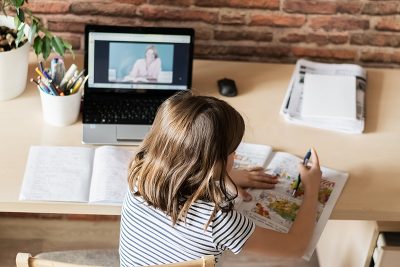 “I am fortunate that I’m already very well-versed in online teaching, and for many years, approximately half of my teaching load has been in the online format. These are asynchronous/fully-online class formats. I also taught my on-ground classes from Spring 2020 using Zoom technology when we transitioned into distance learning this past spring,” explained Nolan.
“I am fortunate that I’m already very well-versed in online teaching, and for many years, approximately half of my teaching load has been in the online format. These are asynchronous/fully-online class formats. I also taught my on-ground classes from Spring 2020 using Zoom technology when we transitioned into distance learning this past spring,” explained Nolan.
Although she is comfortable doing fully online instruction, Nolan prefers her usual hybrid of teaching modalities, having part of her classes online and part on-ground. She believes that Coachella Valley students benefit immensely from the sharing of a learning community in a safe, supportive, and stimulating physical space. This applies not only to the Palm Desert campus, but to the newer Valley campuses at Palm Springs, Indio, Mecca, and Desert Hot Springs.
“I’m grateful, as I’m sure all educators are, that we have the technology to deliver high-quality instruction remotely, via online technology/distance modalities. Had this pandemic situation occurred, say, in 1990, we would have had a much harder time ensuring a continuity and quality of instruction. I honestly don’t know what we would have done. Much of what I’ve been doing for years as an educator hasn’t changed, but the part that has, is unfortunate, yet going quite well. I look forward to when our campuses here re-open. We are not just a place for students, but serve as a vector for so many community events and organizations to bring people together here in the Coachella Valley,” said Nolan.
Riverside County has recently begun accepting waivers for in-person learning from both private and public schools. The county has met the state’s threshold to allow in-person classes, currently at 175.3 cases per 100,000 residents in contrast to the monitor list rate of 200 cases per 100,000 residents. The county must be off the watch list for 14 days before schools may reopen without a waiver.
“In-class interaction will always be the superior method in my opinion, and that’s my preferred method of teaching. I talk with my student-athletes frequently about how they are adjusting to distance learning and the majority of them do seem to be okay in the subject they are strong in, but when they are in a subject they struggle in, they can feel the disconnect and how the screen is limiting their way of interacting with their teacher,” explained Ezekiel Esquibel, a second-year substitute teacher for Desert Sands Unified School District and head freshman coach for Shadow Hills High School.
While there are challenges presented in the current school dynamic, Coachella Valley Weekly acknowledges the dedicated teachers and school district personnel that make learning possible in a time when knowledge truly is priority.




